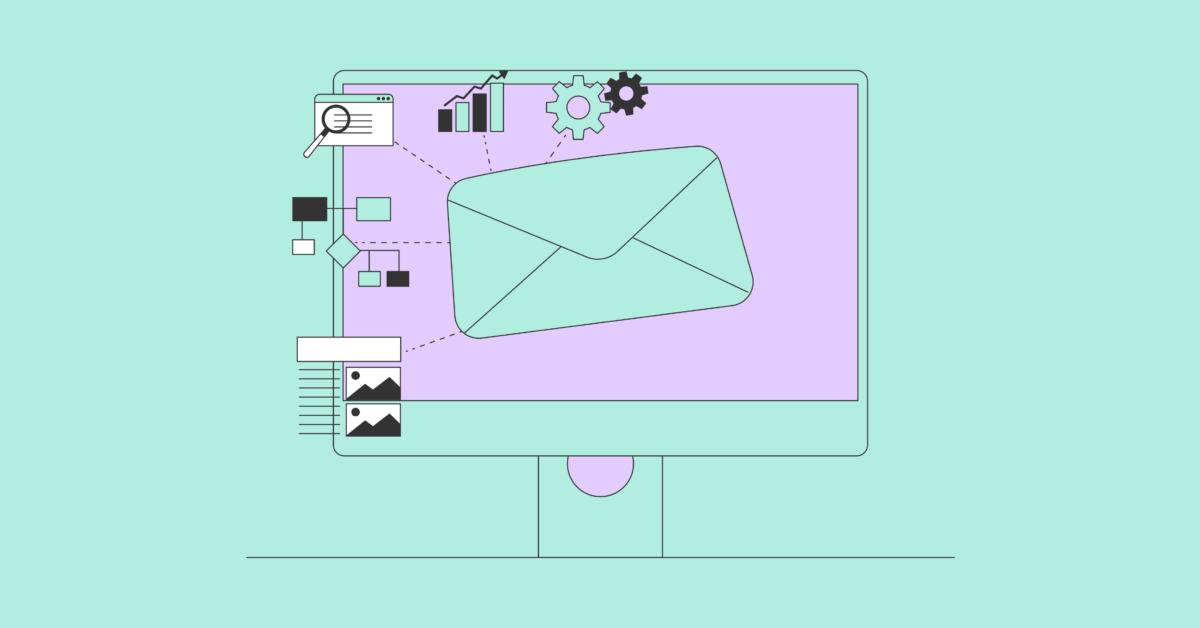Here’s a closer look at the differences and similarities between HubSpot and Mailchimp.
Starting Price
While Mailchimp’s plans start for free or at $13 per month, HubSpot’s lowest-level plan will run you $50 per month. This is no surprise as HubSpot acts as a one-stop shop for all of your digital marketing needs. If you invest in HubSpot, you won’t need many other platforms or add-ons. Mailchimp is primarily an email marketing tool so its more affordable pricing makes sense.
Free Plan
Mailchimp offers a free plan that can help you get familiar with the platform. It limits you to only 1,000 email sends per month and doesn’t include automated customer journeys, email scheduling, advanced segmentation and many other important features. HubSpot’s free plan is quite limited as well so you’ll likely have to upgrade to a paid plan to get the most out of it.
Ease of Use
Compared to Mailchimp, which has less features and was specifically designed for beginners, HubSpot is more difficult to use. If you’re new to HubSpot, you can expect a steep learning curve as the platform offers more than email marketing and may take some time to set up and get used to. Fortunately, HubSpot offers onboarding, consulting and interactive training to help you out.
Automations
Automating email marketing and other marketing activities can save you time and money. While Mailchimp’s automation capabilities are fairly basic, HubSpot was built with optimal automation in mind. With HubSpot’s paid plans, you can automate your email marketing, ad campaigns and social media posts. You’ll be able to set a number of triggers and actions to send the right emails to the right leads at the right times.
Landing Pages
You’ll want to direct those who view your emails to dedicated landing pages that encourage them to take action. Mailchimp offers basic and themed landing page templates while HubSpot offers more customizable landing page options and the ability to personalize them with rules that pull important information directly from your CRM. Note that you must invest in Mailchimp’s and HubSpot’s paid plans to take advantage of their landing page features.
Analytics and Reporting
Mailchimp’s analytics and reporting features are basic and provide you with insights on email open rates, link click rates and other typical metrics. HubSpot takes analytics to the next level with more granular information. Its dashboard will show you all of the data related to your campaigns, landing pages and automations, and explain how you can improve them.
Integrations
Mailchimp integrates with 300-plus popular business tools while HubSpot App Marketplace offers 1,000-plus integrations. Both solutions allow for seamless integration with Salesforce, Google Analytics, Drupal and other content, analytics, payment and e-commerce platforms that you’re already using to run your business.
Customer Service
If you opt for Mailchimp’s free plan, you’ll only get 30 days of email support. Once the 30-day period is up, you’re on your own and will have to depend on the self-serve knowledge base and tutorials to address your questions.
By upgrading to Mailchimp’s Premium plan, you can enjoy 24/7 email and chat support as well as phone support. HubSpot offers email, chat and phone support that is based on the plan you choose. Plus you can connect to its customer service team on Twitter and pay extra for advanced onboarding, one-on-one consulting and other related services.



